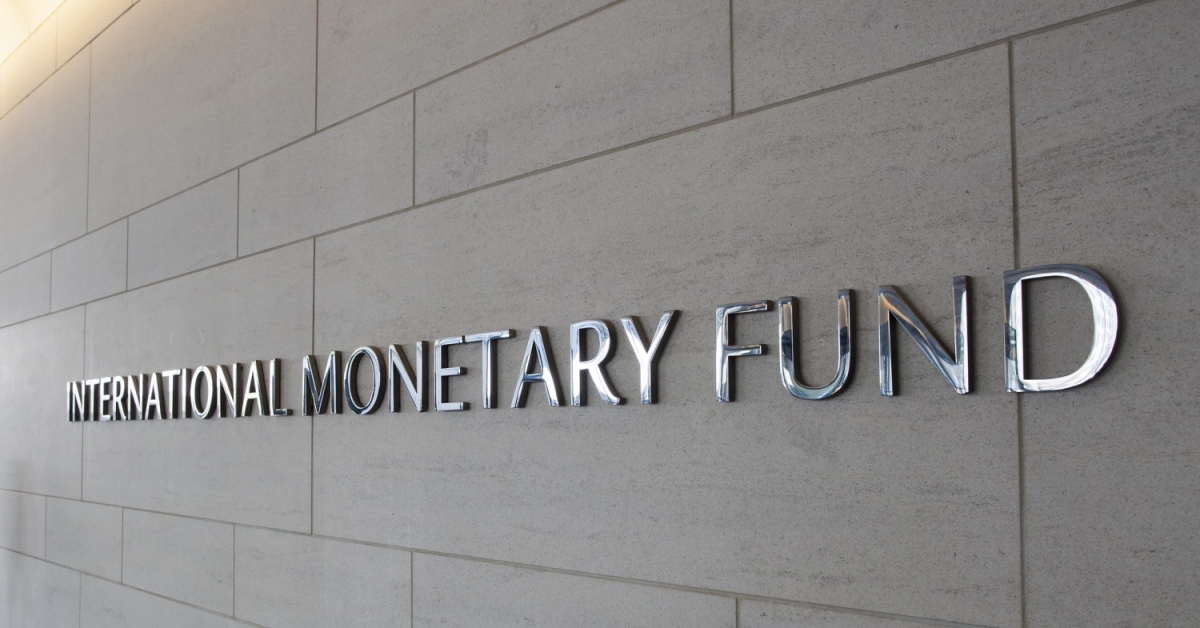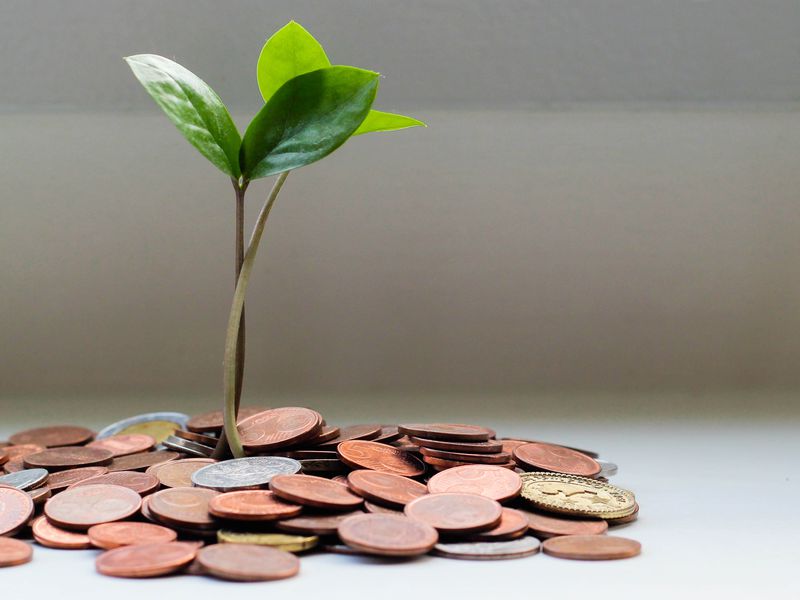Bear Market Over? Charts on Bitcoin and ASX 200 Suggest Otherwise
Some financial publications around the world are touting the “shortest bear run in history” for U.S. equities, as if the dark days of the coronavirus sell-off are behind us.
Markets in the U.S. are beginning to show signs of life thanks to the U.S. Federal Reserve’s $2 trillion stimulus package. The Dow Jones Industrial Average is up 23 percent and the S&P500 index has gained around 20 percent from their respective March 23 bottoms. Yet a conclusion to the wide-reaching COVID-19 pandemic is far from over.
Australia’s equity benchmark ASX 200 index is off by 31 percent and Japan’s Nikkei 225 has lost 21 percent from their February highs as the COVID-19 outbreak went from bad to worse over a month ago.
Government measures in Australia got a whole lot more stringent overnight. The country’s prime minister announced that gatherings were to be restricted even further to a maximum of two people in order to slow the spread of COVID-19 from within the borders. The unprecedented measure were agreed to by the newly-created “national cabinet,” comprised of the premiers of all the states and territories plus the prime minister and convened to coordinate a battle plan against the virus.
So far, the ASX has been slow to react. The index is up by about 2.3 percent on the day. However, pressure toward the downside is apparent. Gains may require significant positive day-on-day returns over the course of this week if they are to signal confidence in the country’s latest measures.
Jehan Chu, co-founder and managing partner at Hong Kong-based blockchain investment and trading firm Kenetic, said that despite the turmoil the “corona moment” would be the moment we learned to be truly digital.
“While all market signs point to a long and lean winter, the silver lining is that remote working and especially socializing is clearly the catalyst to mainstream the digital experience,” Chu said.
“From Church services to dance parties, group meditation to infant play groups, the digital experience is normalizing for all sectors of society. This experimental phase, driven by a survival instinct, is fundamentally ushering the masses to the “digital-first” future,” Chu added.
In commodities, oil is trading at lows not seen since February 2002. Gold is down half a percent from March 27’s close and is showing signs of extreme volatility amid the uncertainty, currently changing hands for around $1,616 per troy ounce.
Bitcoin struggles to gain higher ground

Bitcoin prices’ resistance near $6,900 is presenting a significant hurdle for the world’s bellwether cryptocurrency. The cryptocurrency suffered continual losses last week, with prices down $1,000 from that local peak. Bitcoin is currently changing hands for around $5,900.
Further, two long-term moving averages (MAs), the 200-day and 100-day, are beginning to converge once more. That indicates the potential for a deeper drawdown from Feb. 13’s high of around $10,500, reflecting sentiment on current global market conditions.
The last time these two MAs crossed was back in November 2019, when prices fell nearly a quarter to a local bottom of around $6,425 from $8,500.
Elsewhere in crypto, XRP is down 3.6 percent over the weekend. Ether (ETH) is currently trading 4.1 percent lower than March 27’s close of around $131.
Global financial sentiment will need to continue to improve significantly in the coming week if there is any real chance of staving off a deeper recession. In the past week, almost all markets have suffered daily lower highs, taken by technical traders to be a negative signal.
With coronavirus-related updates changing daily at a rapid pace, a conclusion to the uncertainty and fear in markets may be far from over.
Disclosure Read More
The leader in blockchain news, CoinDesk is a media outlet that strives for the highest journalistic standards and abides by a strict set of editorial policies. CoinDesk is an independent operating subsidiary of Digital Currency Group, which invests in cryptocurrencies and blockchain startups.









